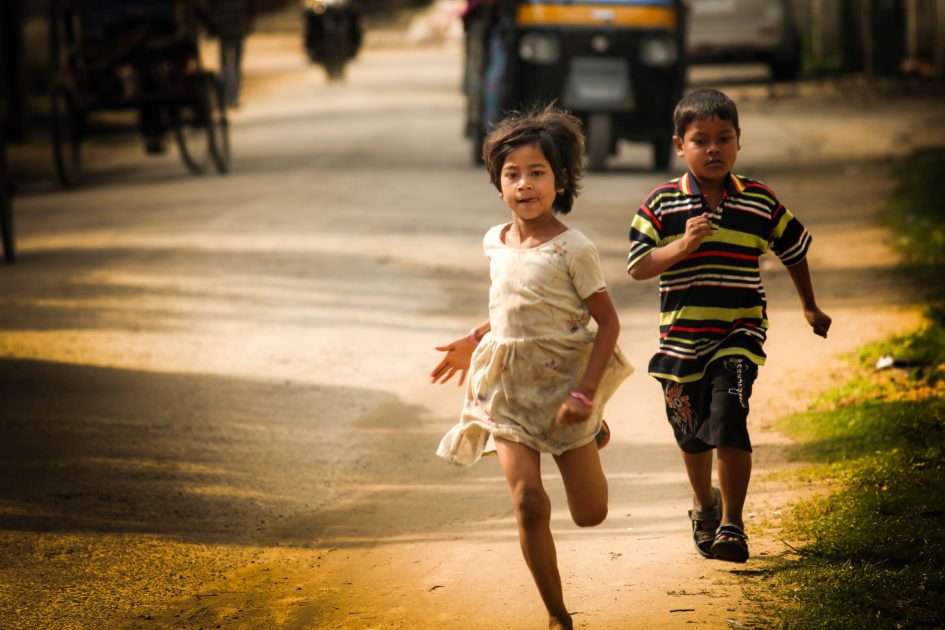By: Isheeta Sharma
For the first time in 20 years the fight against Child Labour has hit a massive roadbump, says a report by International Labour Organization (ILO) and United Nation’s Children’s Fund (UNICEF). 2021 is the United Nations Year for the Elimination of Child Labour but the report’s findings paint a bleak picture in a world coping with the aftermath of the global pandemic. As per the report, the past four years have seen 8.4 million children join the labour force. In total, 160 million children work as child labourers, 97 million of these children work in hazardous industries or take part in work which endangers their physical and mental health and safety. The report provides the grim statistics of 8.9 million children joining the workforce by the end of 2022 as an impact of the pandemic.
The report also noted important aspects of child labour. More boys seemed to be involved in child labour than girls and most child labourers are to be found in the agricultural industry. It is also to be noted that most child labourers are involved at family farms or family microenterprises. Interestingly, though the report points to more boys being involved in child labour it does not take into account the familial responsibilities that girls might undertake at an early age for which they don’t get paid and have to often drop out of school.
The definition for child labour on ILO’s website states “Not all work done by children should be classified as child labour that is to be targeted for elimination. Children or adolescents’ participation in work that does not affect their health and personal development or interfere with their schooling, is generally regarded as being something positive. This includes activities such as helping their parents around the home, assisting in a family business or earning pocket money outside school hours and during school holidays.” However, in social frameworks where schooling is not seen as a primary requirement, especially for girls, we must critically look at this definition and wonder if the term ‘child labour’ needs to encapsulate more depending on the local contexts.
Increased poverty due to the pandemic would also increase many family’s dependency on child labour. Additionally, as schools remain shut, or open only virtually bringing the digital divide into play, many children are at risk of dropping out of schools. Policy responses internationally will have to come out with stronger ideas to address the situation in order to offer urgent debt relief to families and restructure educational institutions.
In India, as per the 2011 census, there were 10.1 million child labourers. A study conducted in 2021 by Campaign Against Child Labour (CACL) in Madurai showed a massive increase in child workers from 28.2% to 79.6% due to COVID-19 induced circumstances. The study also showed that within the vulnerable communities the increase in child labour was by 280% due to lack of jobs and infrastructures. Many of the older children were reportedly working over eight hours a day and 94% of them had to take up work because of their family’s economic situation. In the policy recommendations made by MV Foundation to tackle this increase in child labour, it has been noted that during the nationwide lockdown, children were at a high risk of being used for labour. Data from Childline India showed that out of the 300,000 calls they received during the lockdown, 8% pertained to child labour issues.
The theme for this year’s World Day Against Child Labour says ‘Act Now: End Child Labour’ but without proper responses and policies in place ending child labour seems like an illusory dream. Child Labour is not an issue disconnected from the larger socio-political context of different societies where significant economic imbalance, social marginalisation of communities based on caste, race, class, etc and the increasing digital divide come together to create intergenerational poverty and trauma among young lives.
Isheeta is a features writer and a student of Gender Studies at Ambedkar University, Delhi. She enjoys dissecting popular culture through a gendered lens, adding new books to her overflowing book rack and sipping coffee in quiet corners. She is currently an Intern at Kractivist.org.

Leave a Reply